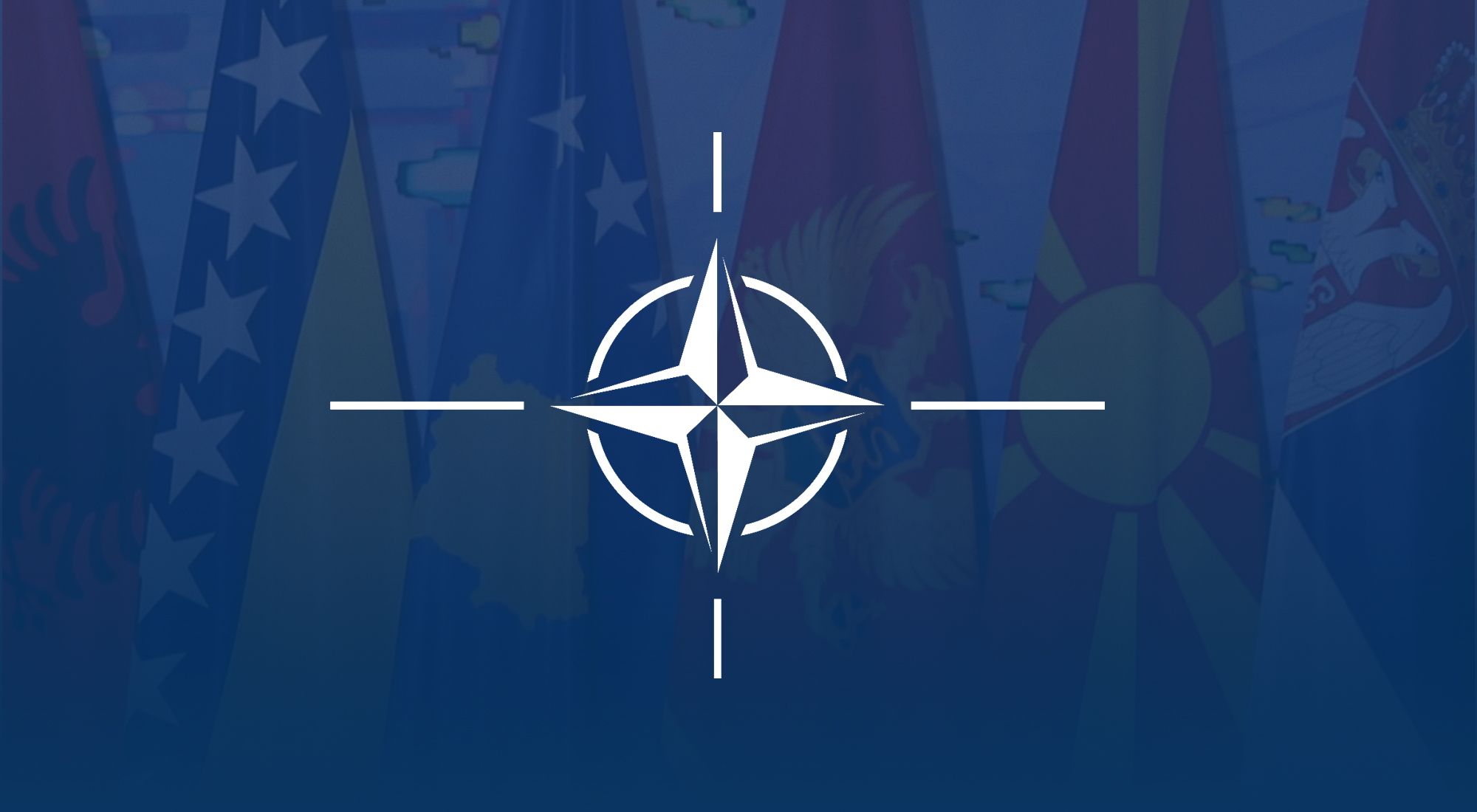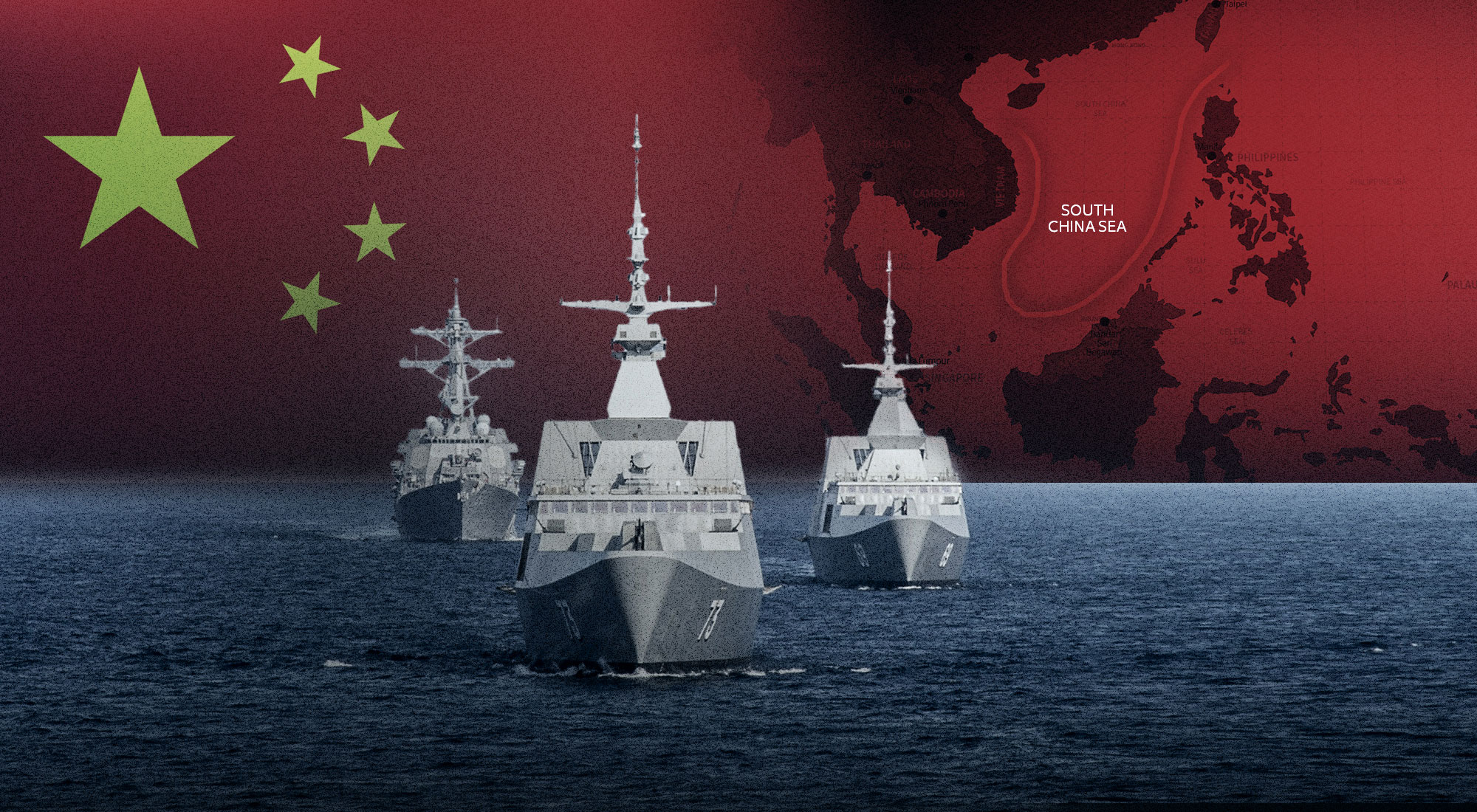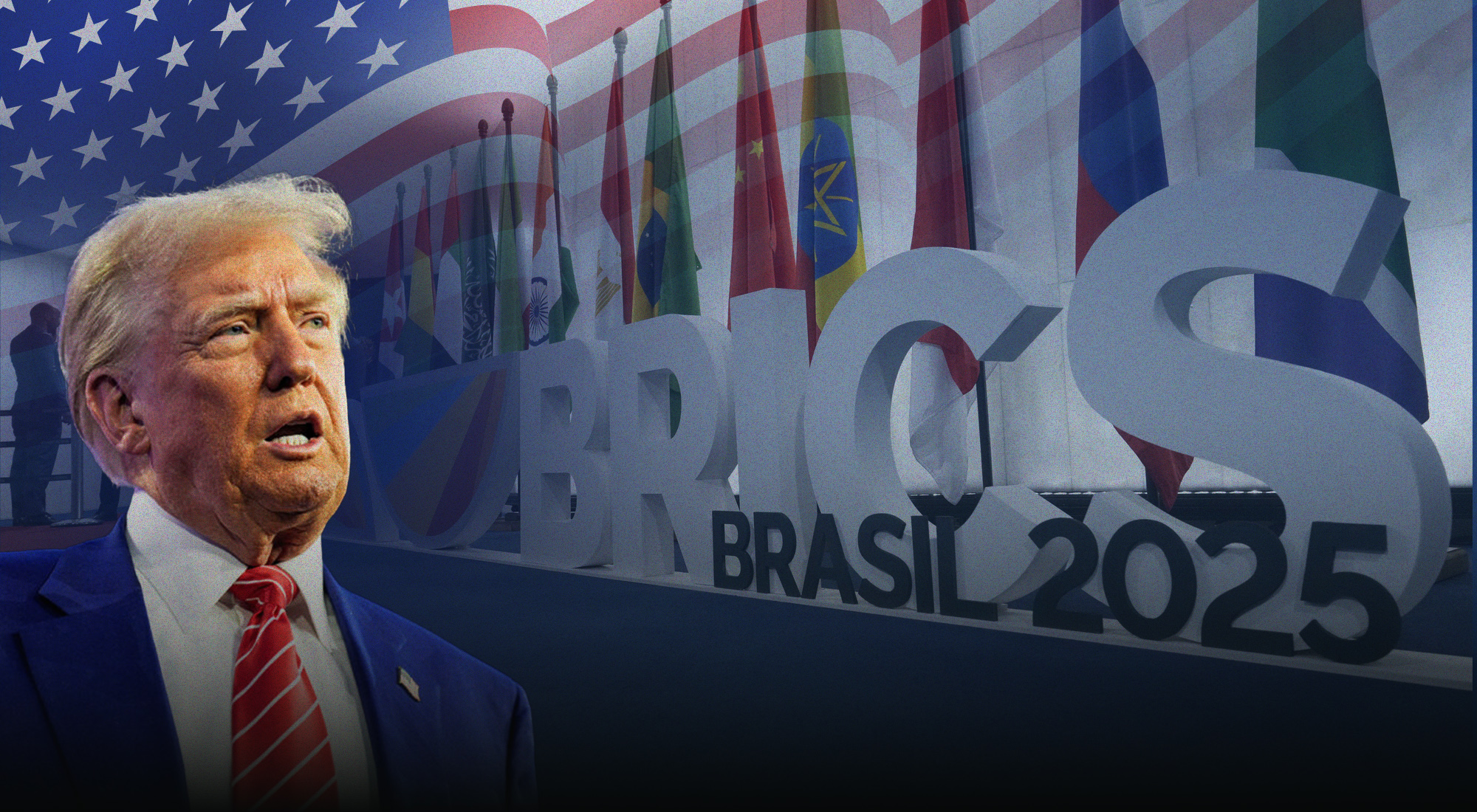In contrast to Alberta’s broad-open skies, Canada, where oil pipelines trace the Rockies’ foot and windmills signify a transforming energy economy, the G7 Summit in 2025 took place at a moment of unparalleled geopolitical stress. What unfolded in the mountains-girding town of Kananaskis was not a joyous celebration of unity but a candid meeting with disintegration. This year’s gathering, led by Prime Minister Mark Carney, placed Canada not just in the position of passive enabler but in the role of active constructor of a more agile, if untidy, multilateralism. It also witnessed the strengthening of ideological fault lines among some of the world’s leading democracies.
The summit took place in the aftermath of Donald Trump’s return to the White House, a re-election that rekindled much of the diplomatic estrangement of his first term. Trump’s Alberta visit was calculated and confrontational. The U.S. president supported a “Security Tariff Accord” against China and, by extension, any G7 member who resisted economic decoupling. While his premature exit stalled unity, it also radicalized the remaining six leaders to draw a clearer common agenda on issues ranging from Ukraine and Gaza to digital governance and climate resilience.
Canada’s Strategic Leadership
Canada’s hosting of the 2025 G7 Summit was symbolic and strategic. Alberta, which is one of Canada’s provinces that has traditionally been associated with oil and gas, is increasingly becoming a hub for clean energy innovation. This co-existence was a useful setting for Prime Minister Carney’s broader agenda, which framed the transition in energy, not simply as an ethical or green necessity, but as a central economic initiative. During his speech at the Energy Futures Roundtable, Carney talked about Canadian ingenuity in hydrogen technology, carbon capture, and sustainable recovery of critical minerals. These discussions led to a trilateral pledge by Japan, the European Union, and Canada to accelerate the ethical and open supply of rare earths—the key resources for digital infrastructure and the green transition.
Carney’s leadership was a departure from Canada’s normally low-profile role in the G7. From his experience as Governor of the Bank of England and the Bank of Canada, Carney injected a technocratic but pragmatic tone into the summit. His most important suggestion was the AI Transparency Compact, which was supported by five of the seven participating G7 nations. This voluntary method seeks to establish ethics for the development and use of artificial intelligence, including auditing standards for large language models, exposing sources used in training data, and banning autonomous weapons systems that can operate independently with little or no human control. While the United States rejected the ratification of the Compact on national sovereignty and limits on innovation, Carney suggested creating an international AI observatory that would monitor the progress in the field. The EU and Japan were the first to back the proposal, which could shape the direction of multilateral policymaking in the future. Carney also made efforts to make the G7 more relevant to non-traditional members. He emphatically reiterated that authentic engagement with the Global South is imperative if the G7 hopes to be relevant in a multipolar world. Canada hosted prior to the summit Indian, Brazilian, and Kenyan leaders to collaborate on a new initiative: the Digital Development Partnership. This project, sown with G7 seed funds, will deal with the construction of robust and autonomous digital infrastructure in aspiring democracies. It has provisions for digital literacy, institution building, and open-source activism too. Canada also agreed to co-host a Global Development Summit in Nairobi this year, reasserting itself as a bridge between the G7 and the rest of the world.
The Trump Factor
President Donald Trump’s return to the G7 platform in 2025 introduced a disruptive, if very calculated, energy to the Alberta summit. His re-election the year before had already unsettled international institutions and disturbed many of America’s traditional allies, and his actions at the summit simply amplified these forces. Trump came with a deal-making agenda that prioritized bilateralism, economic protectionism, and national sovereignty over collective security and multilateral rule. Within the first 48 hours, tensions included disagreement over the language of the summit communique, primarily on Ukraine and artificial intelligence. Trump walked out of the summit amid a closed-door dispute with European leaders, effectively making it a G6 for the remainder of the duration.
Trump’s government indicated that it would not automatically continue military aid to Ukraine, a departure from the agreement in place since the 2022 invasion. He claimed that European allies must provide “equal or greater” financial and material support, casting the war as a burden-sharing problem. Eastern European NATO allies and others were concerned that the conditional approach would embolden Russia and destabilize the alliance’s deterrence position. While Trump did not cut aid directly, the uncertainty surrounding future pledges created anxiety right across the summit.
In parallel, Trump’s plan for AI regulation added to tensions in talks. He insisted he would not sign the Canadian-proposed AI Transparency Compact unless language mentioning supranational regulatory frameworks was removed. U.S. officials complained that such plans would constrain innovation and interfere with the operational freedom of American tech companies. The United States’ refusal to join the Compact, while anticipated, highlighted a growing rift between Washington and other G7 capitals on how to regulate emerging technologies.
Meanwhile, even amid tensions, Trump left behind space for the other six to find some accord on several key matters without the necessity of bypassing American opposition. In a rare display of unanimity, they confirmed an extended aid package for Ukraine, issued a joint statement condemning Iran’s missile strike and urging restraint at Gaza and pushed a joint commitment to accelerate clean energy transitions. Some of the G7 leaders, including French President Emmanuel Macron and Japanese Prime Minister Shigeru Ishiba, also touched on the creation of multilateral financing platforms beyond U.S.-dominated entities like the World Bank. The proposals were reflective of a reserved but growing readiness among America’s closest allies to hedge against U.S. instability while preserving cooperative norms in a more fractured international system.
Europe’s Cautious Push for Autonomy
France and Germany approached the 2025 G7 Summit in Alberta with a shared purpose: to reclaim a unified European strategy for autonomy and clout within an increasingly divided geopolitical world. French President Macron portrayed Europe as a necessary “stabilizer in a world of power shifts,” urging other leaders to make investments in defense capabilities that are not highly reliant on U.S. leadership. He also emphasized the necessity of strengthening Europe’s digital sovereignty by stricter data regulation and investment in local technological infrastructure. Macron envisioned the summit as the time when Europe could show that it could advance beyond American synchronization, even in its absence.
Chancellor Friedrich Merz echoed much of Macron’s messages but in a calmer tone, backed by Germany’s weak economic performance and increasing domestic political tensions. The German chancellor advocated for coordinated fiscal action to drive green industrial competitiveness across Europe, focusing on climate action that safeguards jobs and industrial capacity also. Germany and France also supported Canada’s AI Transparency Compact and the proposed reforms of critical supply chains, which signal economic resiliency and ethical digital governance. They did resist U.S. demands for general tariff harmonization on grounds that they are apprehensive about reviving transatlantic trade tensions in the current transatlantic order.
Italy’s Prime Minister Giorgia Meloni gave a robust alternative perspective. She promoted priorities grounded in Italy’s geopolitical context—migrant management, Mediterranean development, and religious freedom security. Meloni was able to get language in the final communiqué denouncing state-sponsored transnational repression, which feeds into wider G7 interests in authoritarian governments’ global extension. She also called for a G7 working group to examine the interconnections between climate change and migration and insisted that increased displacement trends should be confronted in anticipation ahead of time, not in response. Collectively, Europe’s leaders stressed a vision of prudent, value-based action fitted to a new world order.
Japan and the Indo-Pacific Nexus
Prime Minister Ishiba’s attending the 2025 G7 Summit in Alberta was a show of Japan’s newfound boldness in foreign affairs, particularly in the backdrop of tension in the Indo-Pacific. He brought with him a definite and crystal-clear message: the Indo-Pacific is not a regional issue anymore—today it is the hub of 21st-century geopolitical rivalry. Japan’s key item on the agenda at the summit was to put the Indo-Pacific on the G7 agenda with priority and obtain specific commitments from like-minded democracies to strengthen security, economic, and digital cooperation in the region.
The prime minister emphasized greater maritime cooperation, calling for increased joint naval exercises and watch coordination in contested waters, particularly around the South China Sea and Taiwan Strait. He also outlined the need to strengthen cyber defense systems, citing the increase in state-backed cyberattacks on democratic institutions across Asia. Japan’s call for multilateral deterrence was a return to its long-standing attempt to promote a rules-based order securely anchored in international law and collective responsibility.
Japan made some concrete contributions to the summit. It provided additional commitment of financing for Southeast Asian digital infrastructure projects geared toward enhancing cyber resilience and reducing reliance on Chinese technology. Tokyo co-sponsored the AI Transparency Compact with the EU and Canada and joined them in promoting ethical norms for the use of artificial intelligence.
Additionally, Japan promoted the formation of a G7 economic coercion task force. The task force would enable smaller democracies to resist and respond to retaliatory trade measures that are traditionally resorted to by authoritarian regimes. The Japanese prime minister also proposed creating a G7-Indo-Pacific forum for legalizing dialogue between G7 members and ASEAN partners, on the lines of the European Union’s neighborhood policy. This action was in concurrence with Japan’s plans for a stronger and more enduring democratic friendship on both sides of the Pacific.
Declarations on Current Conflicts: Ukraine, Gaza, and Iran
Perhaps the most fraught moments of the summit came during the behind-closed-doors discussions on current conflicts, especially in the Middle East and Ukraine. Though the consensus on Ukraine was quite uniform, where all G7 members apart from the U.S. favored a multi-year reconstruction and military package, Gaza was more strained.
In a rare joint declaration, the G7 expressed a “grave concern” about Gaza’s humanitarian situation and called for an immediate cease-fire. The declaration emphasized the need for unfettered humanitarian access and reaffirmed support for a two-state solution. The U.S. abstained from voting in favor of the wording but failed to veto its release. The leaders emphasized regional stability and reaffirmed that peace needs international guarantees and economic rebuilding.
The G7 also addressed recent Iranian missile strikes amid cross-border tensions with Israel. The group decried Iran’s actions as “destabilizing to regional and global security” and called for renewed diplomacy in the UN Security Council. Canada’s Carney proposed a fact-finding mission, coordinated with EU institutions, to investigate reports of civilians being targeted. While still on the drawing board, the campaign constituted a broader acceptance by G7 leaders to do more than simply speak. The summit also brushed briefly against Iran’s nuclear program, restating non-proliferation and calling on Tehran to allow full IAEA inspections.
Deliverables and Institutional Innovation
Despite internal fragmentation, Alberta yielded several tangible outcomes:
- AI Transparency Compact: Backed by five members, the non-binding code sets new guidelines for algorithmic accountability and fair use. Also agreed upon was a commitment to organize a follow-up conference in Brussels.
- Critical Minerals Partnership: Canada, Japan, and the EU will collaborate on sourcing, refining, and trading of rare earth metals. A shared research fund was formed to reduce reliance on Chinese supply chains.
- Gaza and Ukraine Declarations: Although the wording varied, the coordinated response was an attempt to maximize collective diplomatic pressure. There was also an ad hoc humanitarian coordination mechanism for Gaza.
- Climate and Energy Transition Agreement: Binding targets to phase out fossil fuel subsidies by 2030 and invest $150 billion in green infrastructure in member states. This included green public procurement and zero-carbon government fleets by 2035.
- Digital Development Partnership: A new lending facility, seeded with $3 billion, will fund sovereign digital infrastructure in the Global South. Pilot programs will be launched first in Sub-Saharan Africa and Southeast Asia.
- Resilience Dialogues: Canada proposed biennial “Resilience Dialogues” between G7 nations to assess vulnerabilities in health, climate, and infrastructure. The first is tentatively scheduled in Tokyo in 2026.
Conclusion: A Forum in Flux
The 2025 Alberta G7 Summit introduced a fundamental change in the character of world governance among the world’s major democracies. Nothing like the unified front previously symbolized by the G7, the summit posed the reality of a changing world order: one dominated by multipolarity, competing national interests, and fragile alignments. More than operating as a bloc of like-minded pals, the G7 is increasingly emerging as a platform of strategic negotiation—an arena where values still converge but policies diverge. This is not necessarily a sign of a disunited grouping but more of an evolving readjustment in response to the more complex geopolitical tides of the present day.
Canada’s host leadership was significant here. Prime Minister Mark Carney demonstrated that middle powers are still capable of exerting oversized influence in getting thematic convergence, even amidst political divides. By advocating for AI regulation, pushing climate innovation, or mobilizing for Ukraine and the Global South, Canada’s leadership demonstrated that coalitions of the willing can happen within larger systems so that consensus is not required to make huge strides on key issues.
While Alberta did not herald sweeping breakthroughs or high-flying doctrines, it was a subtle yet important shift in how the G7 operates. The summit acknowledged that shared principles don’t equate to shared priorities, and multilateralism must now be fitted to friction, asymmetry, and unequal participation. Nevertheless, even here, coordination was achieved—on climate, on digital governance, and on security concerns to the region.
Alberta will perhaps be remembered not so much for fixing crises as for codifying a new norm: that disagreement among democracies is not a failure, but a signature of adaptive diplomacy. In an era where alliances are frayed and certainties scarce, the survival of the G7 depends on its capacity to remain an effective, adaptive, and forward-looking instrument of cooperation.
Alberta may ultimately be remembered less for resolving crises than for institutionalizing a new norm: that disagreement among democracies is not a failure, but a feature of adaptive diplomacy. In a world where alliances are tested and certainties rare, the G7’s endurance depends not on uniformity, but on its capacity to remain a relevant, flexible, and forward-looking forum for cooperation.
References
“G7 leaders try to salvage their summit after Trump’s early exit effectively makes it the ‘G6’,” Associated Press, June 16, 2025, https://apnews.com/article/6c86a0a8463603c9b1a3e950382af0a2.
“G7: World leaders warn Iran on nuclear ambitions, back Ukraine,” BBC News, June 17, 2025, https://www.bbc.com/news/world-66237384.
Global Affairs Canada, “Canada pledges $2 billion in new military support for Ukraine at G7 Summit,” June 17, 2025, https://www.international.gc.ca/world-monde/news-nouvelles/2025-06-17-g7-ukraine.aspx.
Government of Canada, “Prime Minister concludes G7 Leaders’ Summit in Alberta,” June 17, 2025, https://www.pm.gc.ca/en/news/news-releases/2025/06/17/prime-minister-concludes-g7-leaders-summit-alberta.
“G7 backs AI rules as Trump pushes sovereignty clause,” Politico, June 17, 2025, https://www.politico.com/news/2025/06/17/g7-ai-governance-2025-summit-00147934.
“G7 leaders sign joint statements on critical minerals, AI,” Reuters, June 16, 2025, https://www.reuters.com/world/china/g7-leaders-sign-joint-statements-critical-minerals-ai-2025-06-17/.
“Ukraine’s Zelenskiy seeks G7 support as leaders carry on without Trump,” Reuters, June 17, 2025, https://www.reuters.com/world/china/ukraines-zelenskiy-seek-g7-support-trumps-early-exit-puts-dampener-summit-2025-06-17/.
“Trump exits G7 early amid growing splits over Ukraine, AI, and trade,” The Guardian, June 17, 2025, https://www.theguardian.com/world/2025/jun/17/trump-leaves-g7-early-ukraine-trade-disputes.








